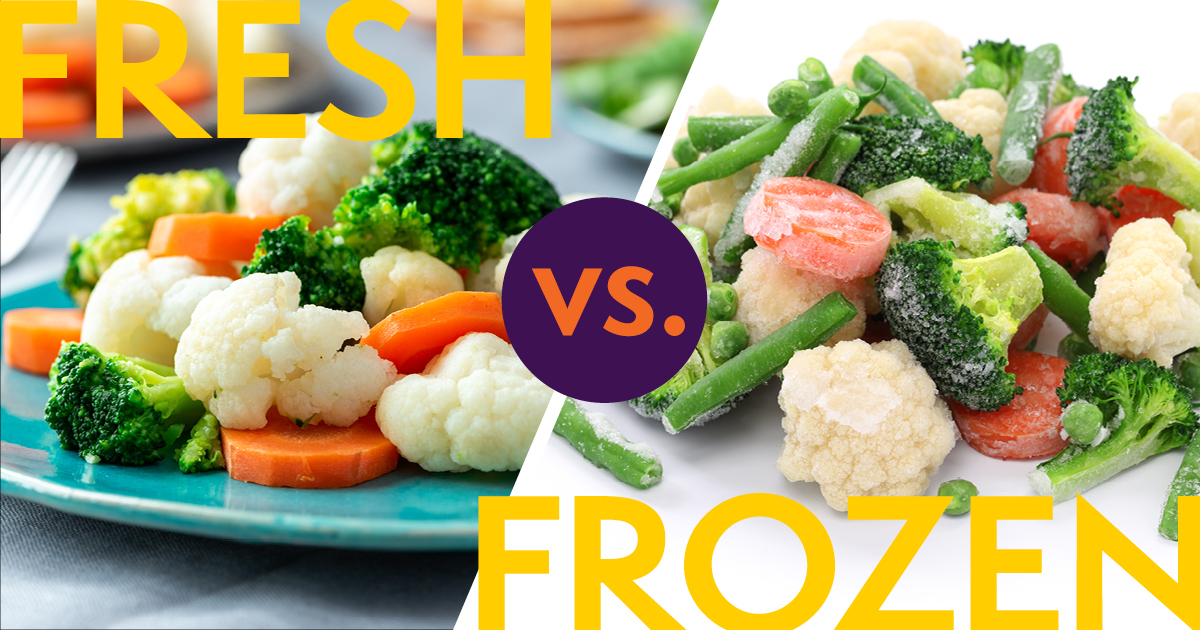Eating fresh fruits and vegetables is important for a healthy, well-balanced diet and can help you manage your weight, prevent chronic diseases and keep your immune system in tip-top shape. But before you fill your plate with produce, you’ll want to make sure these foods are clean and free from harmful germs that could make your family sick.
The Centers for Disease Control and Preventionestimates that a large percentage of foodborne illnesses in the U.S. is due to germs on fresh produce. To help you choose and prepare fruits and vegetables safely, there are several tips that you can follow while shopping at the grocery store and when you’re preparing meals in the kitchen.
Causes of foodborne illness
While fruits and vegetables are packed full of vitamins and nutrients, they also can carry harmful viruses and bacteria. When you eat contaminated food, you can become very ill and experience a wide array of symptoms from abdominal pain and vomiting to diarrhea and dehydration. This can be especially taxing on older adults, pregnant women and young children. Common culprits for foodborne illness include:
- Salmonella
- Listeria
- E. coli
To lower your chance of getting sick, follow these basic food safety tips to help you safely enjoy fresh produce at your next meal.
Safe shopping
When you head to the store, there are a few things you can do to help reduce the risk of bringing home contaminated food.
- Examine fruits and vegetables for bruises or soft spots: If produce is damaged, it can create soft and moist conditions for mold or bacteria to grow.
- Keep pre-cut foods cold: If you choose packaged cut fruits and vegetables, make sure they are on ice or refrigerated.
- Buy local: If you can select produce from your farmer’s market, roadside stand or local supplier, it is likely fresher than some of the fruits and vegetables that have traveled from farther away.
- Limit quantities: To make sure you can eat what you buy and avoid food from spoiling, only buy the amount of produce that you can store and eat within a short period of time.
- Separate foods in cart: As you fill your cart while shopping, be sure to keep all produce separate from raw meat and do not put these items in the same grocery bag.
Produce safety at home
Once you’re back in your kitchen, there are several guidelines to follow to limit foodborne bacteria and cross contamination.
- Store and refrigerate: Fruits and vegetables should be stored in the refrigerator within two hours after purchase. Do not leave produce outside or in the sun, or in a hot car.
- Wash thoroughly: Before you prepare fruits and vegetables, make sure to wash your hands and any utensils and cutting boards with soap and warm water. Do not use the same cutting surface or counterspace that is used for raw meat. Be sure to wash your hands after handling produce too.
- Clean produce before use: When you’re ready to prepare or cook your produce, you’ll want to make sure it is washed under running water. Rub each piece briskly for several minutes. Even if you do not eat the peel, it’s important to avoid transferring any bacteria from the outside to the inside when cutting.
- Trim and discard: If you spot any damage or there are parts of the produce you do not eat, make sure you trim those portions and throw them away. For leafy vegetables, like lettuce, remove and discard the outer leaves.
- Avoid detergents or bleach: Do not wash produce with any soap, bleach or other chemicals. Porous fruits and vegetables can absorb these substances and make them unsafe to eat.
Preventing food poisoning is important for everyone, but is especially critical for people who are at a higher risk of complications. Taking time to ensure proper food safety can allow you to enjoy all the benefits of fresh produce while helping protect yourself and your family.
Mom's Meals® can help
Each delicious meal is designed by registered dietitians and professional chefs, and created in USDA- and FDA-inspected facilities — providing the highest level of compliance with federal regulations governing food production. Plus, we help make mealtime convenient with our ready-to-heat-and-eat meals. With 60+ nutritious refrigerated meal options, you choose every meal, in every delivery so you get the meals that meet your nutritional needs and taste preferences.



